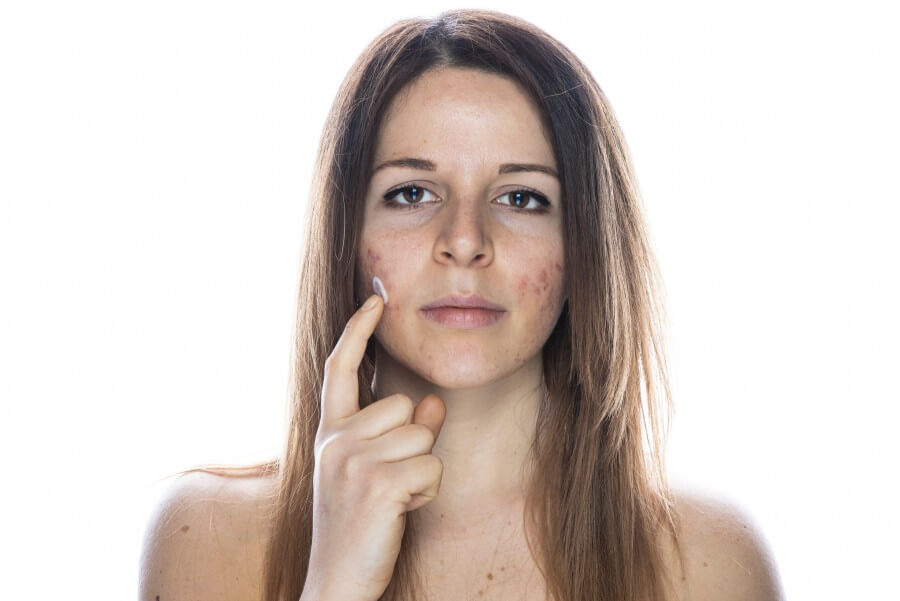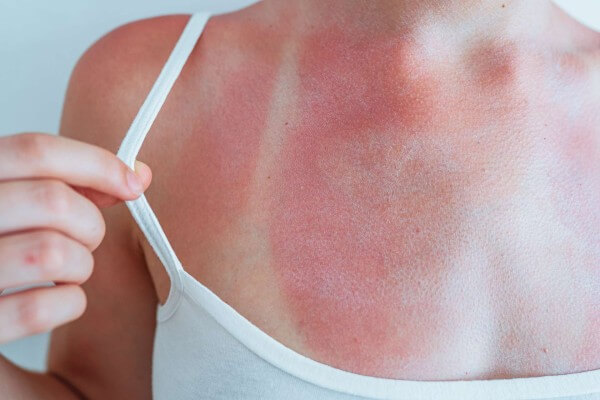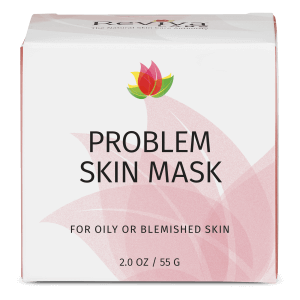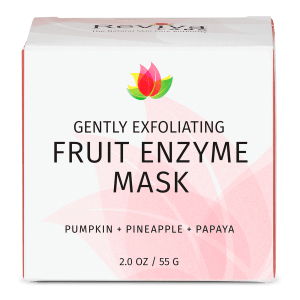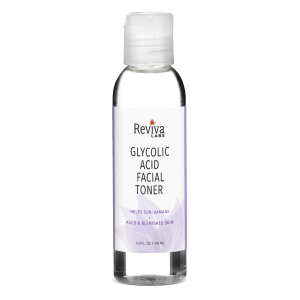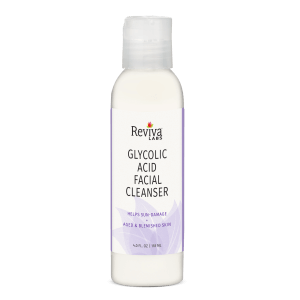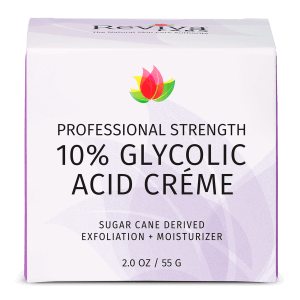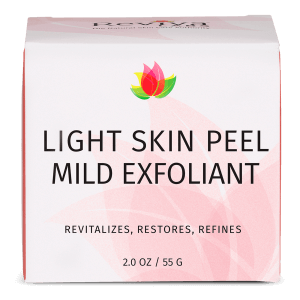Ingredients, Reviva Labs, Skin Care
Understanding the Differences Between Milia, Whiteheads, and Fungal Acne
Skin issues can be both frustrating and confusing – especially when you’re unsure of the type of problem you’re dealing with. Milia, whiteheads, and fungal acne are three common conditions that often confuse people due to their similar appearances. Each of these skin issues has distinct characteristics and requires specific care routines for effective treatment. Understanding the differences between them can help you manage and improve your skin health more effectively.
What Are Milia?
Milia are small, white, hard bumps that typically appear on the face, particularly around the eyes and cheeks. Unlike acne, milia are not caused by clogged pores or bacteria. Instead, they are tiny cysts filled with keratin, a protein that makes up the outer layer of the skin. Milia form when dead skin cells become trapped in small pockets on the surface of the skin rather than being shed naturally.
Newborns often develop milia, but they can also affect people of all ages. Factors such as skin trauma, sun damage, and certain skincare products can contribute to their formation. For instance, heavy creams or oils that clog the pores can lead to the development of milia.
To care for milia, it’s crucial to avoid picking or squeezing the bumps, as this can lead to irritation and potential scarring. Gentle exfoliation with a product containing alpha hydroxy acids (AHAs) or beta hydroxy acids (BHAs) can help remove the dead skin cells and prevent new milia from forming. Additionally, using a lightweight, non-comedogenic moisturizer can keep the skin hydrated without clogging the pores.
Understanding Whiteheads
Whiteheads are a common type of acne that appears as small, white bumps on the skin’s surface. They develop when dead skin cells, sebum (oil), and bacteria become trapped within hair follicles. This blockage prevents the pores from opening and results in the formation of whiteheads. They are most commonly found on the face, neck, chest, and back, areas with a higher concentration of sebaceous glands.
The development of whiteheads is often linked to hormonal changes, increased oil production, and the use of certain skincare or makeup products that can clog pores. Unlike blackheads, which have an open pore and dark appearance, whiteheads are closed off from the air, keeping the trapped material inside the pore white.
Effective management of whiteheads involves maintaining a consistent skincare routine. Cleansing the skin twice daily with a gentle, non-comedogenic cleanser can help remove excess oil and impurities without stripping the skin of its natural moisture. Exfoliating once or twice a week with a product containing salicylic acid can also help unclog pores and prevent new whiteheads from forming. Additionally, using a topical retinoid can promote cell turnover and reduce the likelihood of clogged pores.
What is Fungal Acne?
Fungal acne, also known as Malassezia folliculitis, is an infection of the hair follicles caused by an overgrowth of yeast. This condition is often mistaken for regular acne due to its similar appearance of small, red, and itchy bumps. However, fungal acne differs in that it is caused by yeast rather than bacteria.
Fungal acne commonly occurs on the chest, back, and sometimes the face, particularly in areas with a lot of sweat and oil production. The overgrowth of yeast can be triggered by factors such as hot and humid weather, tight clothing, excessive sweating, and the use of oily skincare products that create an environment for yeast to thrive and multiply.
Treating fungal acne requires a different approach than treating bacterial acne. Using antifungal treatments, such as shampoos containing ketoconazole or selenium sulfide, can help reduce the yeast overgrowth. Applying these shampoos to the affected areas and leaving them on for a few minutes before rinsing can be effective. Additionally, it’s important to keep the skin dry and clean, wear loose-fitting clothing, and avoid using heavy, oil-based skincare products that can exacerbate the condition.
Preventing fungal acne involves keeping the skin dry and clean, especially after sweating. Wearing loose, breathable clothing and using non-oily skincare products can also help prevent the condition from worsening. Regularly changing out of sweaty clothes and showering promptly after exercise are additional preventive measures.
Key Differences and Care Tips
Understanding the underlying causes of each condition is essential for proper care. For milia, maintaining a routine that promotes gentle exfoliation and skin renewal can help prevent their formation. For whiteheads, focusing on keeping the pores clear and reducing excess oil is crucial. For fungal acne, antifungal treatments and preventive measures to reduce yeast growth are necessary. By identifying the specific condition affecting your skin, you can tailor your skincare routine to address it effectively and maintain healthy, clear skin.
Understanding the nuances of these skin conditions can empower you to take better care of your skin. Whether you’re dealing with milia, whiteheads, or fungal acne, adopting the right skincare practices can make a significant difference in achieving clear, healthy skin.



